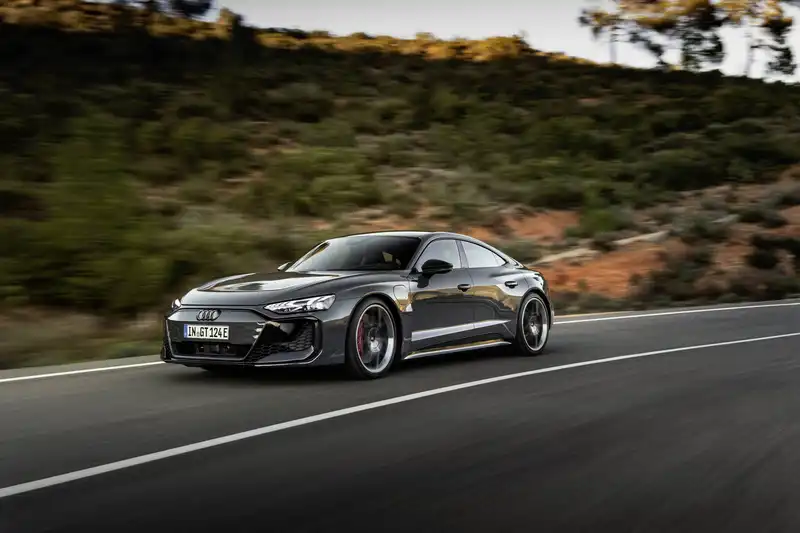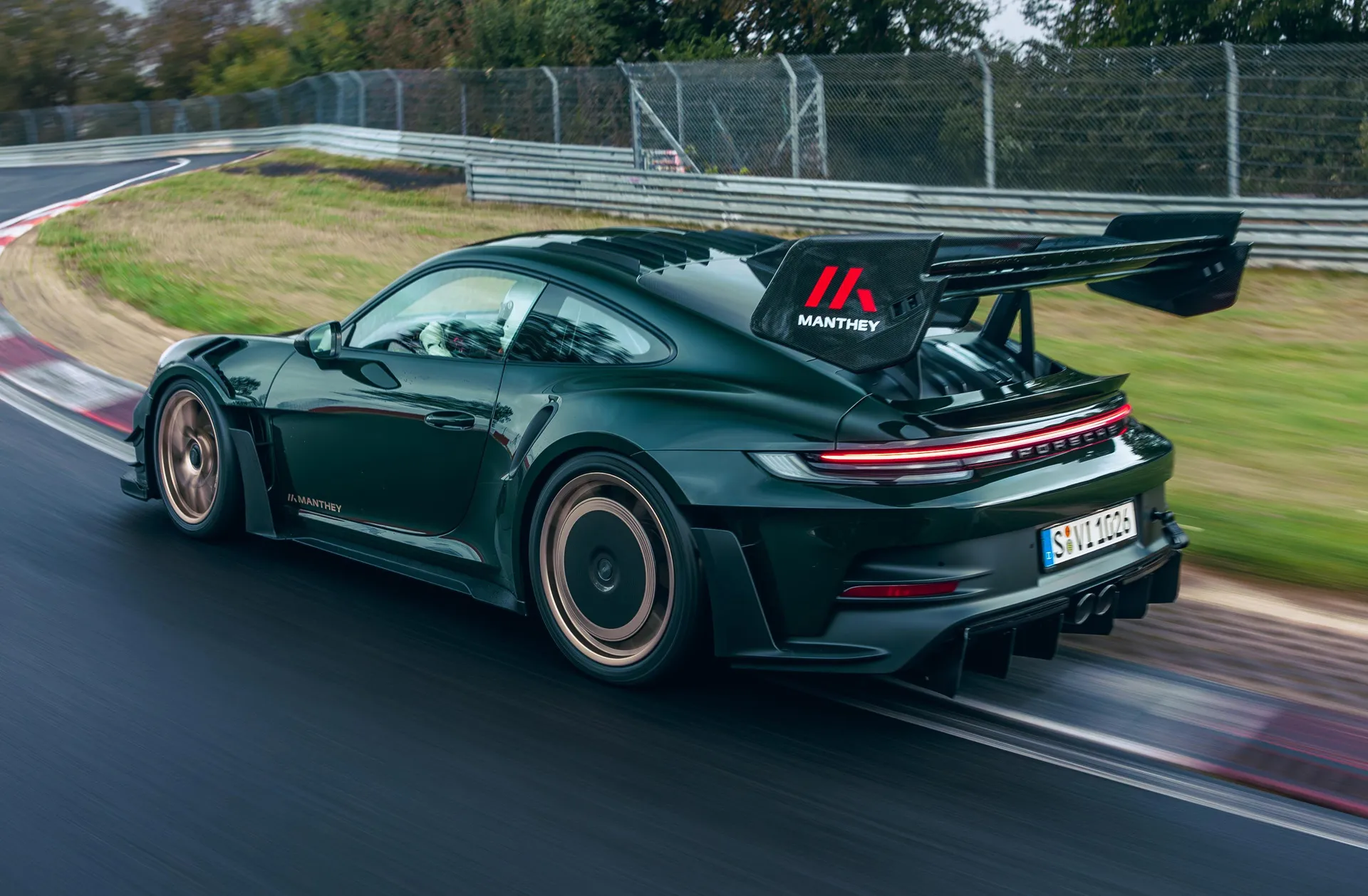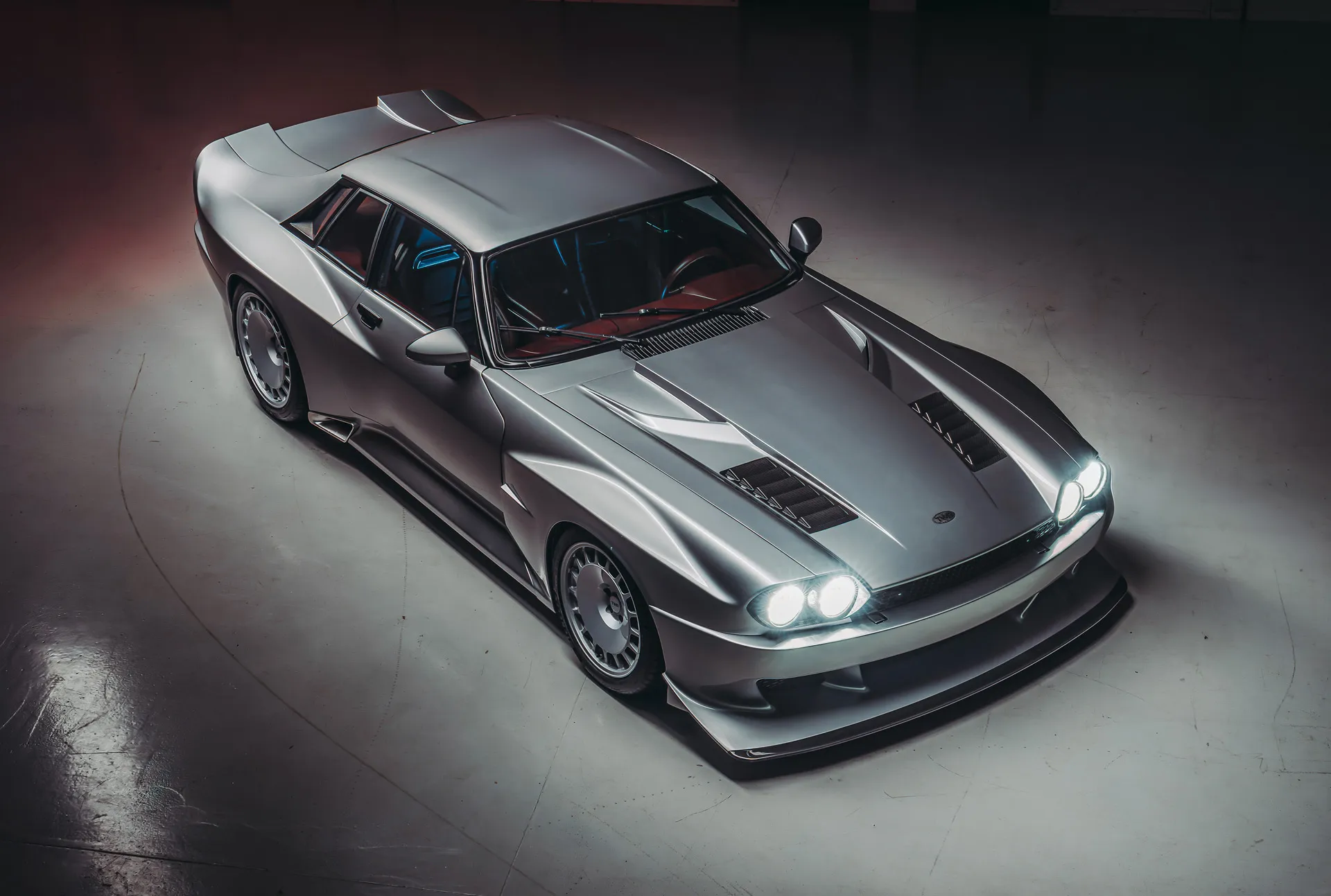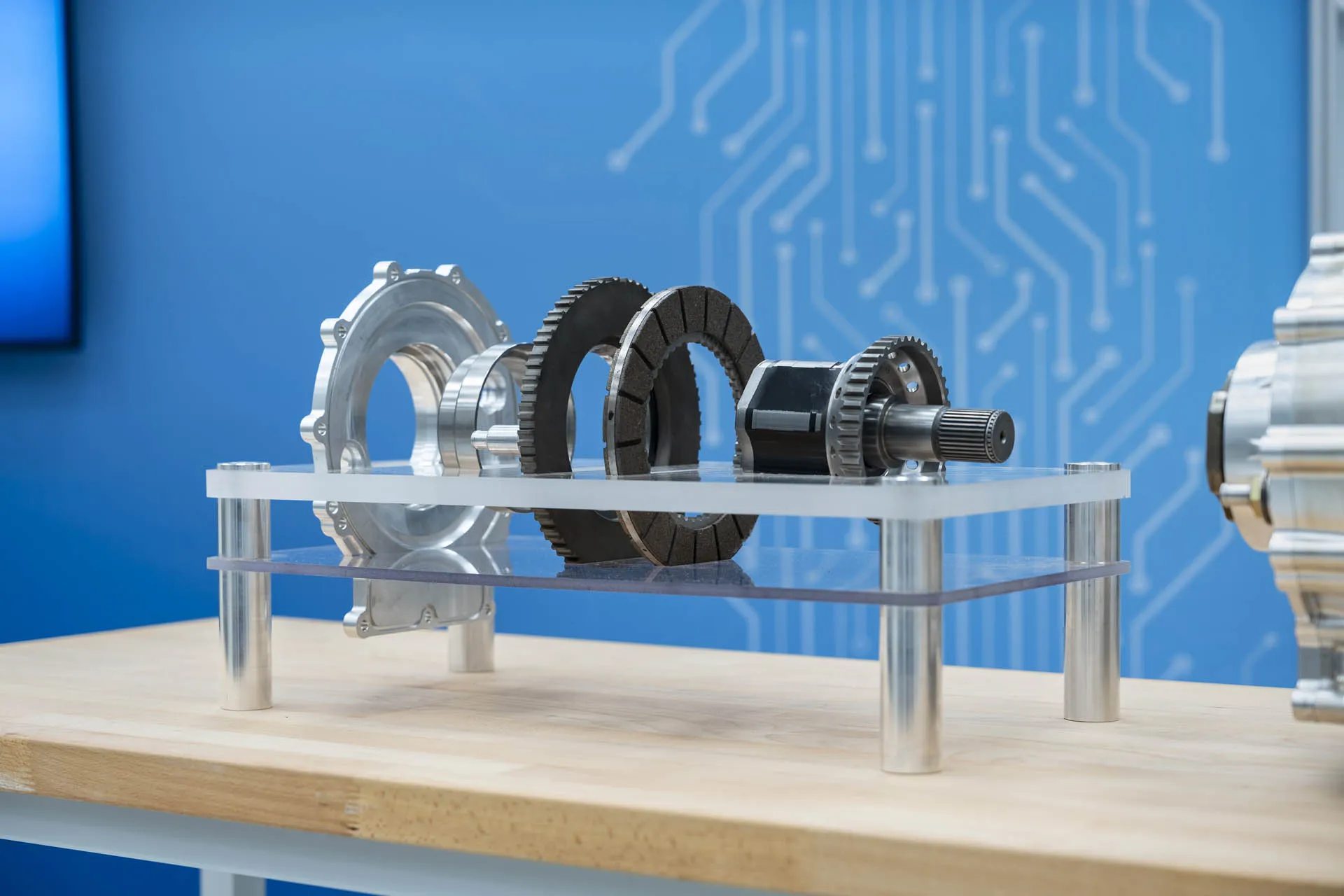Aston Martin has begun continued production of the DB5 "Goldfinger" model.
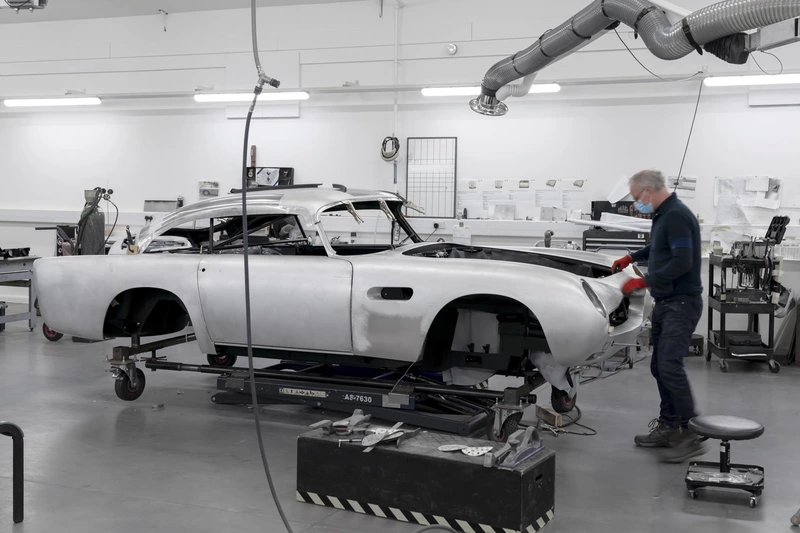
The 1964 hit Goldfinger is considered the best James Bond film ever made, but it was Bond's Aston Martin DB5 that won the hearts of car enthusiasts. In the novel, Bond drives a Bentley Mark VI, but the silver Aston is what many associate as his car of choice.
Today, the original DB5 used for filming in the early Bond films fetches millions of dollars at auction. The most recent sale took place last August, when the winning bid was nearly $6.4 million.
To capitalize on the demand for a James Bond-spec DB5, Aston Martin announced plans a few years ago to build 28 DB5s with the same specifications as the car featured in Goldfinger Production of the first model known as the DB5 "Goldfinger" Continuity Car has begun.
Production is taking place at Aston Martin's former factory in Newport Pagnell, which now serves as the company's Classic Center. This factory is where Aston Martin built 898 DB5s, and some of the same techniques used on these cars, such as hammering and rolling of the body panels, are still used on modern models.
To ensure authenticity, Aston Martin worked closely with Aeon Productions, the production company behind the "James Bond" film series, and worked on 14 of the "James Bond" films to develop Bond's famous spy gadgets, He worked with Oscar-winning special effects master Chris Corbould.
Among them are rotating license plates, rear smoke screens, oil film supply systems, and machine gun action. Naturally, some of the gadgets, such as guns, are only simulations. Other gadgets include a bullet-resistant rear shield, front and rear battering rams, a (simulated) radar screen, and an under-seat weapons storage tray.
As noted above, only 28 cars will be built. Aston Martin has set a price of 2.75 million British pounds (about $3.37 million) for the first 25 units. Two more will be kept by Aston Martin and EON Productions in their respective collections, and the last one will be auctioned for charity.
Delivery of customer models will begin later this year, but because they have not been certified, owners will not be able to drive them on public roads.
